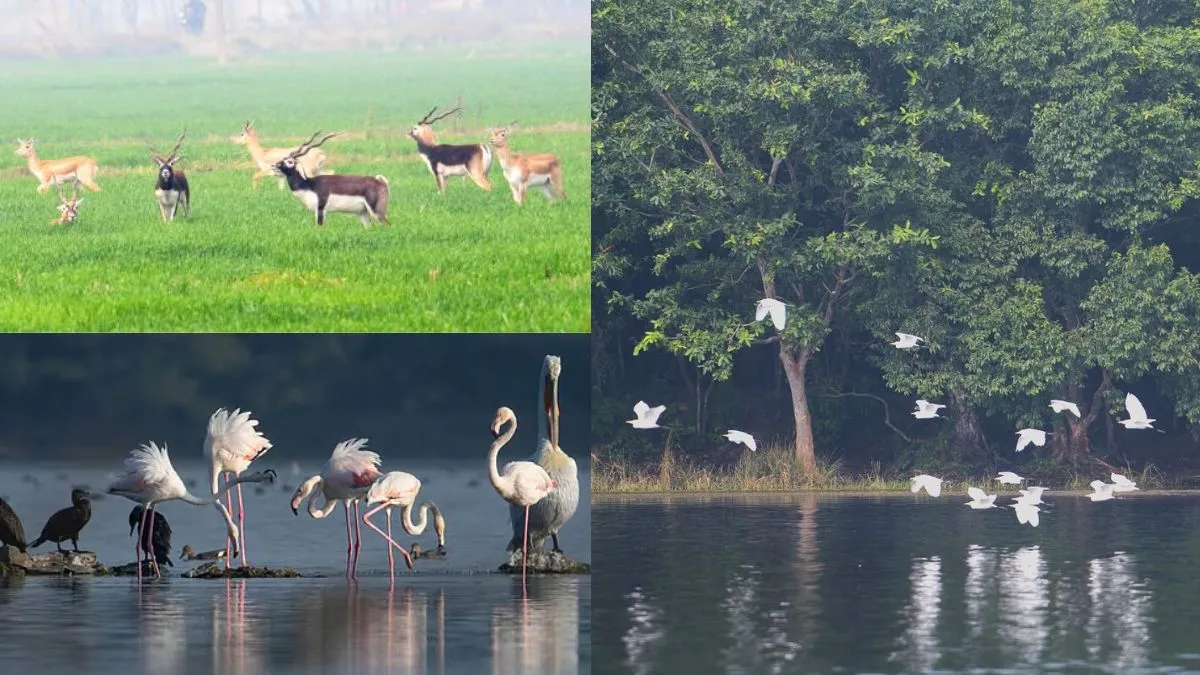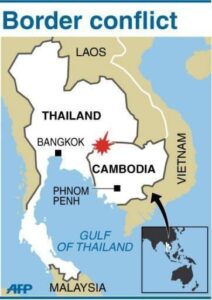Recently, two wetlands from Bihar have been declared as Ramsar Sites:
Gokul Jalashaya (Buxar)
Udaipur Jheel (West Champaran)
With this, India’s tally of Ramsar sites (Wetlands of International Importance) has further increased, strengthening its commitment to the Ramsar Convention (1971).
2. About Gokul Jalashaya
Location: Buxar, Bihar.
Type: Oxbow lake on the southern edge of the Ganga River.
Hydrology:
Influenced by flood pulses of the Ganges.
Seasonal variation:
Dry months → Exposes marshes & agricultural land.
Post-monsoon → Heavy inundation.
Ecological Functions:
Acts as a buffer during floods, protecting nearby villages.
Supports biodiversity – over 50 bird species recorded.
Breeding ground: Pre-monsoon exposed marshlands & shrubs provide nesting sites.
Socio-economic Value:
Local communities depend on it for fishing, farming, and irrigation.
3. About Udaipur Jheel
Location: West Champaran, Bihar.
Type: Oxbow lake.
Surroundings: Bordered to the north & west by the dense Udaipur Wildlife Sanctuary.
Flora:
280+ plant species recorded.
Includes Alysicarpus roxburghianus – a perennial herb endemic to India.
Fauna:
Important wintering ground for ~35 migratory bird species.
Notable species: Vulnerable Common Pochard (Aythya ferina).
Threats:
Illegal fishing.
Intensive agriculture (chemical fertilizers & pesticides).
Habitat degradation & anthropogenic pressure.
4.Recent Additions (2025)
- February 2025:
Four new sites were added:
Sakkarakottai Bird Sanctuary (Tamil Nadu)
Therthangal Bird Sanctuary (Tamil Nadu)
Khecheopalri Wetland (Sikkim)
Udhwa Lake (Jharkhand)
- June 2025:
Two more wetlands in Rajasthan were added:
Khichan in Phalodi
Menar in Udaipur
5.Significance of Ramsar Tag
Enhances global recognition & protection of these wetlands.
Promotes wise use of wetlands as per Ramsar principles.
Strengthens community involvement in conservation.
Improves chances of eco-tourism, research & conservation funding.
6. Ramsar Convention – Quick Recap for UPSC
Adopted: 1971 at Ramsar, Iran → came into force in 1975.
India: Became a member in 1982.
Objective:
Conservation & wise use of wetlands through local, national & international cooperation.
Montreux Record: Register of wetlands where changes in ecological character have occurred/are likely to occur (currently includes Loktak Lake, Manipur & Keoladeo National Park, Rajasthan from India).
Total Ramsar Sites in India: (Update with exact number after inclusion of these 2 sites).
7. UPSC Relevance
Prelims:
Location of Ramsar sites in Bihar (Gokul Jalashaya, Udaipur Jheel).
Ramsar Convention basics.
Species like Common Pochard.
Mains (GS-III):
Wetland conservation.
Role of community-based wetland management.
Impact of agriculture & pollution on wetlands.
Essay/Environment Ethics: Wetlands as “kidneys of the landscape” & examples of sustainable conservation.
✅ One-Line Summary:
Gokul Jalashaya (Buxar) and Udaipur Jheel (West Champaran) in Bihar have been designated as new Ramsar Sites, highlighting their ecological importance as oxbow lakes of the Ganga basin, supporting rich biodiversity, local livelihoods, and acting as natural buffers against floods.






